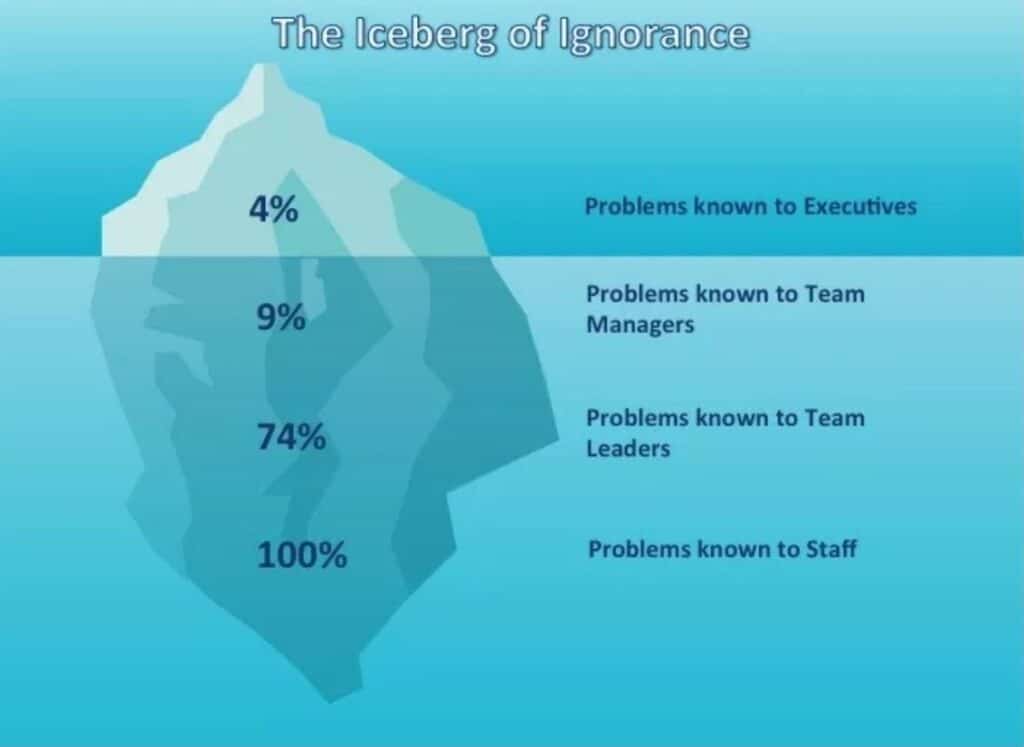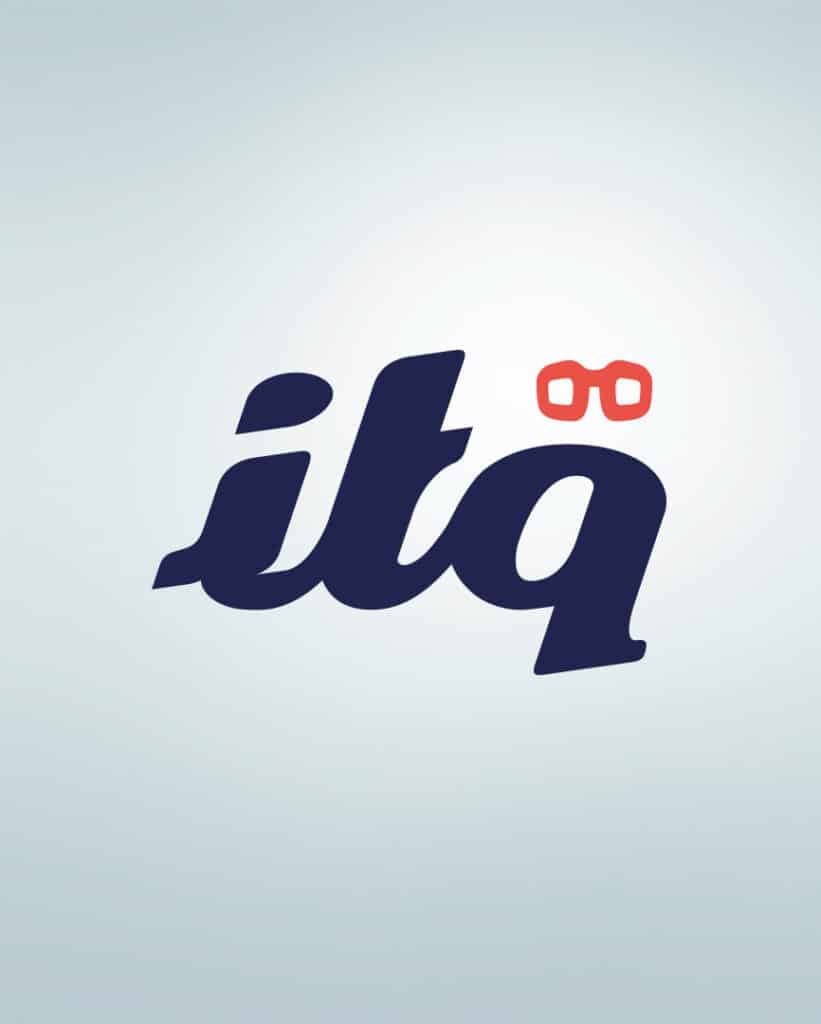A digital transformation is needed to stay ahead, to accelerate your business for new opportunities or even for survival. Digital transformation is more than only a technology shift: It’s driving a fundamental change in the business landscape. As companies shift into the digital era, the role of developers, software architectures, and the move to cloud are setting the stage for a radically different way of creating, deploying, and managing enterprise applications and data. The impact is on people, processes and technology. I share my experiences from an IT infrastructure perspective.
A decision for a digital transformation is made at the board level, due to the large impact on the organization and the involved costs. The part of the IT infrastructure in such a decision is most of times about new technologies. And these can be disruptive not only for the organization is in, but also for the internal IT organization. Picture out these smooth running software defined datacenters, with techniques to move your workloads to and back from the cloud, virtualized networks, secured links with IoT and edge devices and automated scaled out data storage for AI. And these technologies are run by cloud governance-, devops-, and scrum teams. And they are guarding over this mutli-cloud environment. Or they are busy with continuously integrations and change on the container apps or cloud native code or functions.
An image often used by companies nowadays as an objective or goal in a change programs to become a digital company. But, also a picture too good to be true. Just like the maiden voyage of the Titanic, will these kind of digital transformations hit onto an iceberg. The analogy of an iceberg in combination with board decisions is also used by Yoshida in the Iceberg of Ignorance..
 He concluded: “Only 4% of an organization's front-line problems are known by top management, 9% are known by middle management, 74% by supervisors and 100% by employees…”. The poor distribution of power and communication within the hierarchy could lead to a lack of information for decision-making.
He concluded: “Only 4% of an organization's front-line problems are known by top management, 9% are known by middle management, 74% by supervisors and 100% by employees…”. The poor distribution of power and communication within the hierarchy could lead to a lack of information for decision-making.
Board management organizations pushes the digital transformation agenda top down, based on the 4% they really know. And you can argue about the figures used by Yoshida, but I recognize the alignment and contrast within of organizations where the top is talking in terms of:
- Lowering Opex and Capex
- Increase IT productivity
- Ensure business continuity
- Move (legacy) applications to the cloud
And within the operational teams, employees are calling for:
- Less complexity of IT and more automation of IT processes
- More diversity and flexibility of IT resources
- Reduced downtime of apps
- More knowledge about new technologies
These frontline problems went into smoke when they climbed the management chain. And a lot of these companies just start their programs, project and fill their backlogs, without paying enough attention to workers and teams. The operational level knows its challenges better than the board members as they live them each day and there you find what people concerns.
So having your stakeholders in place before you start your digital transformation and know how they work and what they really need to perform in a digital world is essential. I always make use during an infrastructure transformation of an overview of all stakeholders and their most important use cases and requirements. A use case is nothing more than a specific and detailed description of which steps a user(group or role) takes on a system to perform his work. And for the requirements part; focus on the functionalities that are desired or required for hardware or application to run smoothly and efficiently. Don’t worry about the technical requirements, they come by itself during the assessments. In my opinion it is harder to get the exact functional requirements and there are always a few IT minded people in the group where you interact with, who come up with the technical specifications. And more importantly, being in discussion with your stakeholders already provides added value for a digital change.
Try to anticipate on the iceberg of ignorance before you start a large infrastructure program as part of a digital transformation. Start to interact and communicate with the main stakeholders of a digital transformation. Architects, teamleads, usergroups, powerusers, engineers. Listen in meetings and scrumteams what they think is important or encounter as a problem. Explain them why the change is necessary and why you need specific information, in terms of usecases and functional requirements. Understand them, get them involved.


